Commonly known as blowball, dandelion greens are a staple in many kitchens worldwide. The reasons for seeking dandelion greens substitutes can be diverse, from dietary restrictions, flavor preferences, to ingredient availability. If you’re not a fan of their somewhat bitter taste or if dandelion greens are simply not in season, fear not! Two excellent substitutes that closely mimic these greens’ unique taste and nutritional profile are arugula and mustard greens.
👅 Flavor Profile
Dandelion greens offer a distinctive, robust flavor. They’re known for their earthy, slightly bitter taste, similar to that of endives or radicchio. Their texture is firm and fibrous when raw, providing a satisfying crunch in salads. When cooked, dandelion greens soften, but they still retain some bite, giving body to soups and stews.
🔄 The closest replacements/substitutes
Arugula
Taste and Texture: With its peppery bite, arugula closely mimics the bitter flavor of dandelion greens. Its leaves are tender and delicate, providing a nice crunch in salads.
Nutritional Facts: Arugula is high in vitamin K and also provides vitamin C and calcium.
Price and Availability: Arugula is usually more readily available than dandelion greens and is similarly priced.
Mustard Greens
Taste and Texture: Mustard greens have a strong, spicy flavor which can match the robustness of dandelion greens. Their texture is slightly softer, but they hold up well when cooked.
Nutritional Facts: Mustard greens are rich in vitamins A, C, K, and fiber.
Price and Availability: Mustard greens are generally cheaper than dandelion greens and can be found in most grocery stores, especially in cooler months.
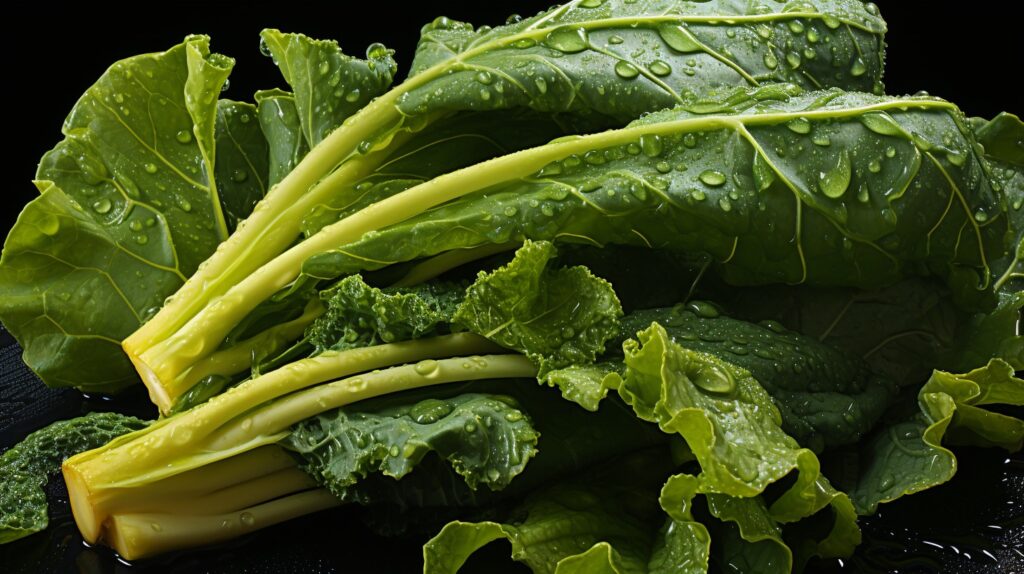
Chicory
Taste and Texture: Chicory, like dandelion greens, has a somewhat bitter flavor. The leaves are a bit softer but offer a good crunch.
Nutritional Facts: Chicory is a good source of vitamins A, C, and K, as well as fiber.
Price and Availability: Chicory is usually similarly priced as dandelion greens and is generally available year-round in supermarkets.
Endive
Taste and Texture: Endive shares a similar bitterness with dandelion greens. Its leaves are crisp and slightly curved, making them ideal for holding fillings in appetizers.
Nutritional Facts: Endive is rich in vitamins A, C, and K, and it’s a good source of fiber.
Price and Availability: Endive is a bit more expensive than dandelion greens, but it’s widely available in grocery stores.
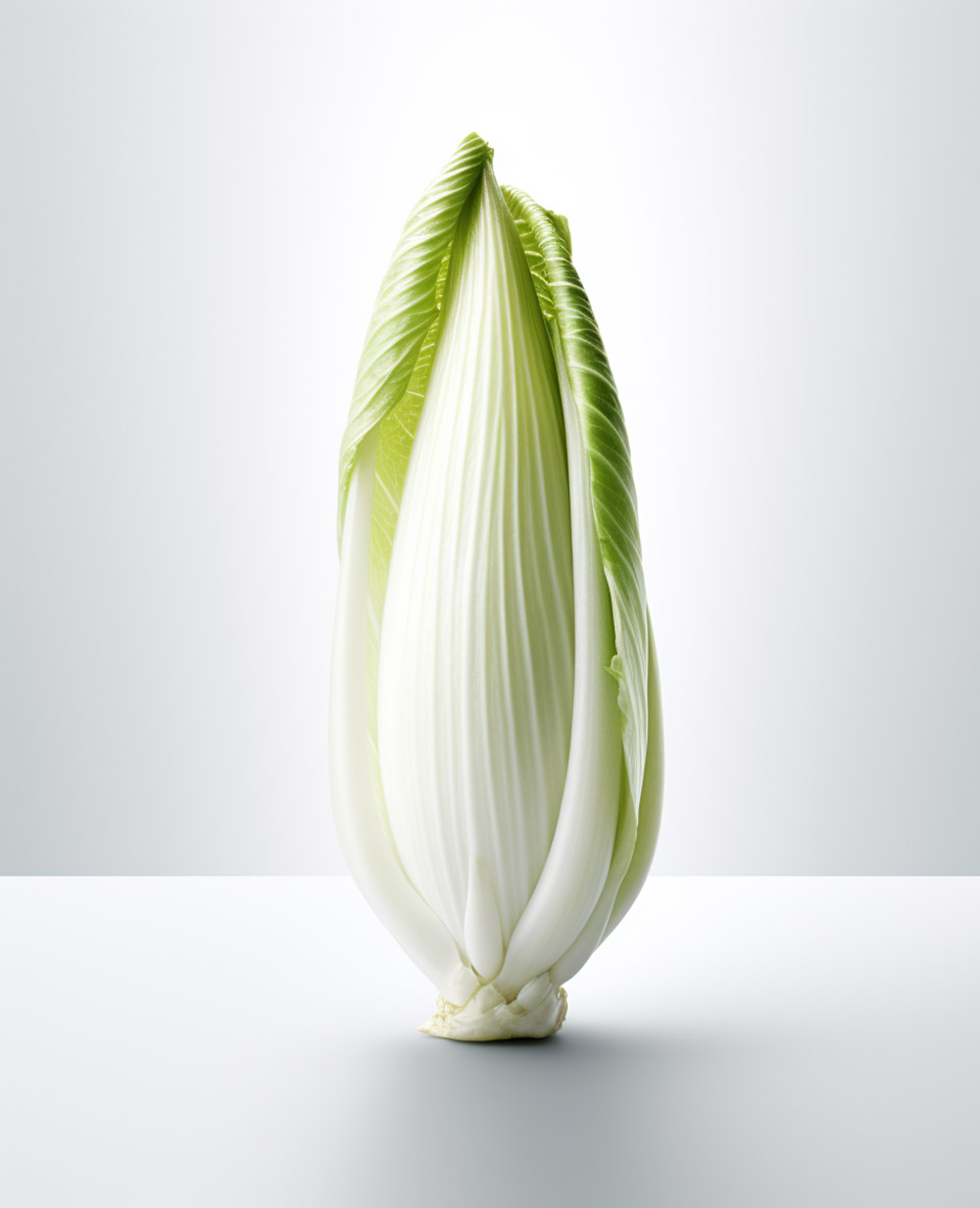
Kale
Taste and Texture: Kale has an earthy flavor that’s less bitter than dandelion greens. The texture is sturdier, making it suitable for both raw salads and cooked dishes.
Nutritional Facts: Kale is high in vitamins A, C, K, and B6, as well as fiber, calcium, and iron.
Price and Availability: Kale is often cheaper than dandelion greens and is widely available in most supermarkets.
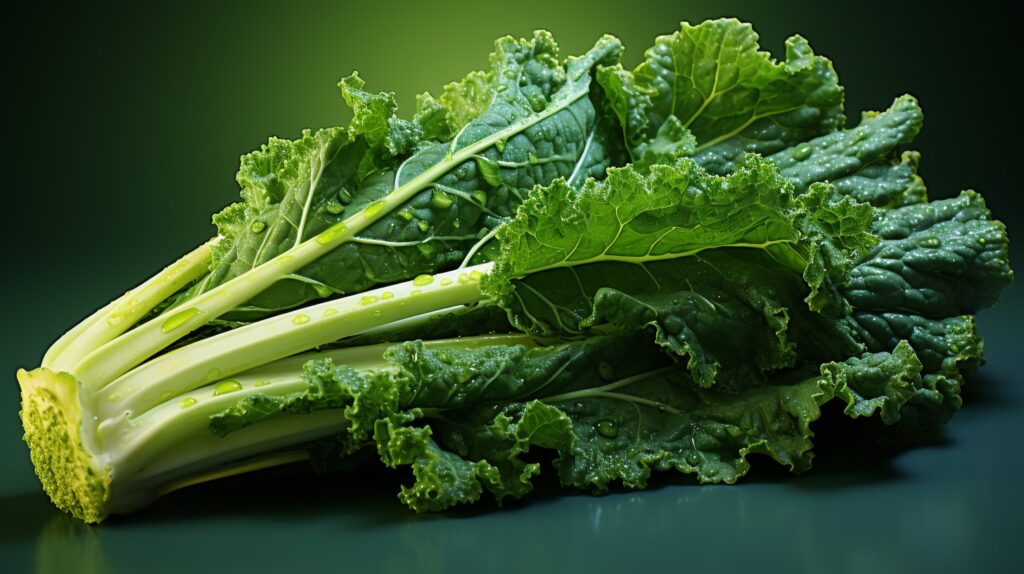
Turnip Greens
Taste and Texture: Turnip greens have a distinct, slightly bitter flavor that stands up well to dandelion greens. Their texture is tough but becomes tender with cooking.
Nutritional Facts: Turnip greens are rich in vitamins A, C, K, calcium, and dietary fiber.
Price and Availability: Turnip greens are generally less expensive than dandelion greens and can be found year-round in most grocery stores.
Romaine Lettuce
Taste and Texture: Romaine lettuce has a milder flavor compared to dandelion greens, but it can still provide a similar crunch in salads. Its texture is crisp and fresh.
Nutritional Facts: Romaine lettuce offers a good amount of vitamins A, K, and C, along with folate and fiber.
Price and Availability: Romaine lettuce is cheaper and more readily available in most grocery stores than dandelion greens.
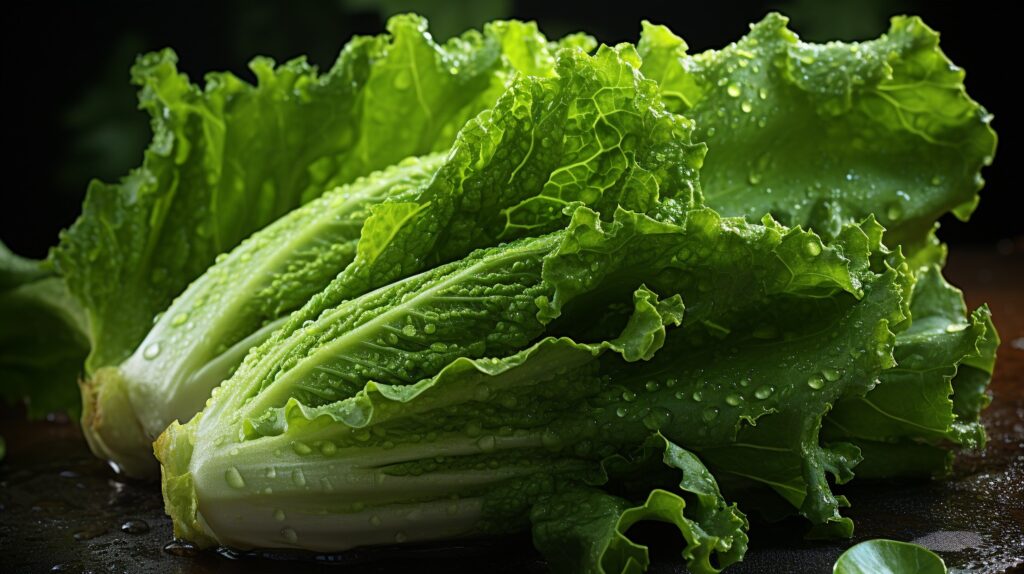
Radicchio
Taste and Texture: Radicchio has a bitter and spicy flavor profile that is reminiscent of dandelion greens. Its texture is crisp and somewhat firm.
Nutritional Facts: Radicchio is packed with vitamins K, C, and E, and is a great source of antioxidants.
Price and Availability: Radicchio is moderately priced and can be found in most grocery stores, particularly in the cooler months.
Sorrel
Taste and Texture: Sorrel has a tangy, slightly sour flavor which can contrast the bitterness of dandelion greens. Its texture is soft and wilts quickly when cooked.
Nutritional Facts: Sorrel is a good source of vitamin A and C, and it also provides a decent amount of potassium and iron.
Price and Availability: Sorrel might be harder to find in some areas and can be a bit more expensive than dandelion greens, but it’s commonly available in farmers’ markets during spring and early summer.
Broccoli Rabe
Taste and Texture: Also known as rapini, broccoli rabe has a bitter taste with nutty undertones, which can make it a suitable alternative to dandelion greens. Its texture is quite firm, but it softens when cooked.
Nutritional Facts: Broccoli rabe is rich in vitamins A, C, and K, and it also provides dietary fiber and calcium.
Price and Availability: Broccoli rabe is typically available year-round in most grocery stores at a price comparable to dandelion greens.
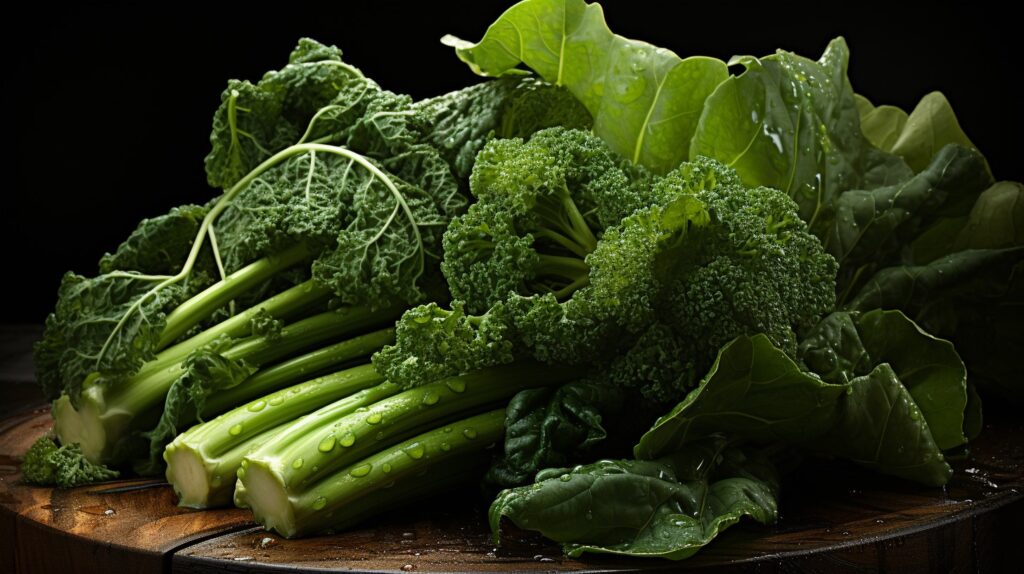
⤵ Other substitutes
Spinach
Spinach has a mild flavor, making it a subtle substitute for the robust dandelion greens. Its tender texture works well in salads and lightly cooked dishes.
Collard Greens
Collard greens have a stronger, cabbage-like flavor and a robust texture. They work well in recipes that call for cooked dandelion greens.
Swiss Chard
Swiss chard has a slightly sweet, earthy flavor and a tender texture. Its vibrant stems can also add a pop of color to your dishes.
Watercress
Watercress has a peppery flavor that can substitute for the bitterness of dandelion greens in salads.
Beet Greens
The leaves of the beetroot plant have a mild, sweet flavor and a tender texture. They work best as a substitute in cooked dishes.
🔪 How to Use Dandelion Greens Substitutes in Recipes
Salads
Arugula, chicory, or endive can replace dandelion greens in salads, adding a bitter note that contrasts well with sweet or tangy dressings.
Soups
Robust greens like kale or collard greens can be added to soups, where they’ll become tender and add a hearty element.
Sautéed Dishes
Mustard greens, beet greens, or Swiss chard can be sautéed as a flavorful substitute for dandelion greens.
Smoothies
Spinach or kale can be used in place of dandelion greens in your healthy green smoothies.
Quiche
Try using arugula or spinach in quiches in place of dandelion greens for a slight change in flavor.
💡 Tips and Guidance
Taste is subjective, so feel free to experiment with different substitutes to find what suits your palate. Keep in mind that some of these substitutes, like mustard greens and chicory, have quite strong flavors of their own. Start with small amounts and adjust to taste.
Also, the texture of these substitutes can vary. Some, like spinach and arugula, are tender and are best in raw applications or added at the end of cooking. Others, like kale and collard greens, are sturdier and stand up to longer cooking times.
Remember, the key to delicious food is creativity. So don’t be afraid to mix and match these substitutes to create your own perfect blend of flavors and textures. Happy cooking!
